The Earth Under Saturn’s Rings

The Earth under Saturn’s rings
More Posts from Space-m17-blog and Others
Why do we explore? Simply put, it is part of who we are, and it is something we have done throughout our history. In “We Are the Explorers,” we take a look at that tradition of reaching for things just beyond our grasp and how it is helping us lay the foundation for our greatest journeys ahead. So what are we doing to enable exploration? We’re building the Orion spacecraft is built to take humans farther than they’ve ever gone before. Orion will serve as the exploration vehicle that will carry the crew to space, provide emergency abort capability, sustain the crew during the space travel, and provide safe re-entry from deep space return velocities. Orion will launch on NASA’s new heavy-lift rocket, the Space Launch System.
Also underway, is Astronaut Scott Kelly’s Year In Space. Kelly is living and working off the Earth, for the Earth aboard the station for a yearlong mission. Traveling the world more than 220 miles above the Earth, and at 17,500 mph, he circumnavigates the globe more than a dozen times a day conducting research about how the body adapts and changes to living in space for a long duration.
Hubble Space Telescope
You’ve probably heard of our Hubble Space Telescope, but have you had the chance to actually take a look at the amazing images it has captured for us over the years? Since Hubble launched in April 1990, it has made more than 1.2 million observations, some to locations more than 13.4 billion light years from Earth!
Hubble can see astronomical objects with an angular size of 0.05 arc seconds, which is like seeing a pair of fireflies in Tokyo from your home in Maryland…yea, that’s pretty far! This accuracy allows us to see images like this one of Little Gem Nebula, roughly 6,000 light-years away from us.

Images from Hubble are regularly released to the public, and are some of the most breathtaking views in the Universe. Images like this one of Lagoon Nebula, in the constellation of Sagittarius, not only make for amazing desktop screen-savers, but provide us with valuable scientific information about distant stars and galaxies, as well as the planets in our solar system.

We recently celebrated Hubble’s 25th Anniversary, and look forward to many more years of discovery and captivating images.

Northern lights (by Teemu Lautamies)

Saturn and his moon Titan
Hello! I'm a person, and I find physics (specifically astrophysics) to be incredibly interesting, and I'd like to know more about it. Have any idea on what I should read/watch to get more educated on the subject? I don't know where to start ^^".
Well I get a lot of my updates in the science world from here, http://www.sciencedaily.com/news/space_time/astrophysics/ just look under the astrophysics section then when you get to understand some of the key concepts the look up papers on science direct and google scholar for the best free papers :)

Robonaut at JSC. nasa
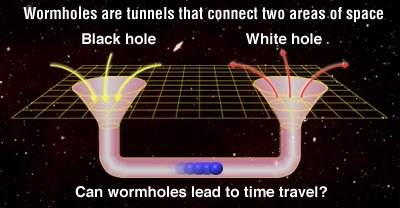
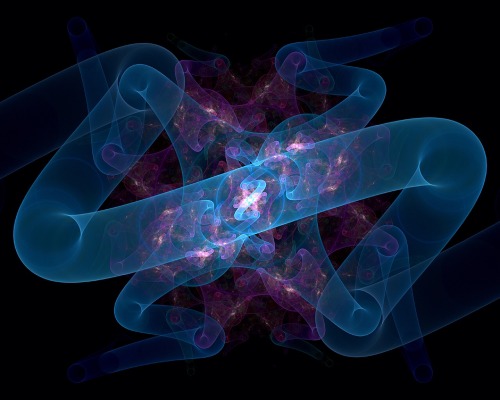
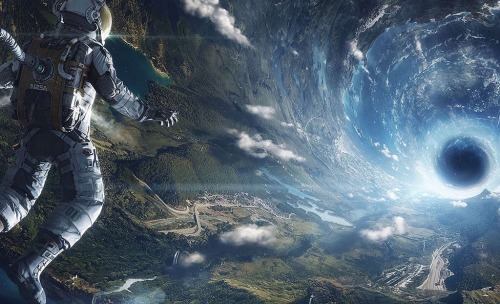
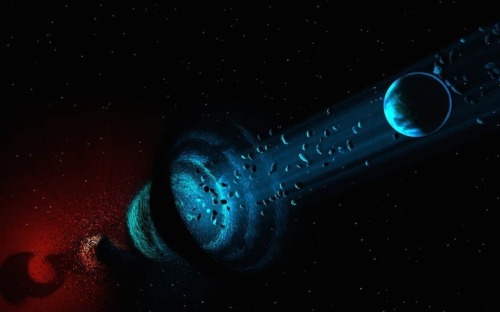
Wormholes
Also known as Einstein-Rosen Bridges are theoretically possible going by Einstein’s theory, and equations of general relativity. Basically wormholes take advantage of our 3 dimensional space and are able to “bend” it. Picture a sheet of paper; now put two circular holes on each end of that sheet of paper. Normally the quickest way to join one point to the other would be to draw a straight line between them. Now instead, you could fold the piece of paper so each hole is touching meaning that there is no longer any distance between them. This is an analogy of how a wormhole works except instead of a circular hole on a 2D plane, the entry and exit points of an Einstein-Rosen bridge can be visualised as spheres in a 3D space.
While the theory of general relativity allows the existence of wormholes, we have not yet found physical evidence. The first wormhole solution discovered was the Schwarzschild wormhole presented in the Schwarzschild metric describing an eternal black hole. However this is not stable enough and would collapse before anything could cross from one end to the other. Traversable wormholes could exist of there was a form of exotic matter with a negative energy to stabilise them.
The Casmir effect shows that quantum field theory allows the energy density in some space to be relatively lower than the ordinary vacuum of space. A lot of physicists (like Stephen Hawking) use this to argue that it is possible to stabilise a traversable wormhole. However there are no known natural processes that would cause a traversable wormhole to stabilise.
The quantum foam hypothesis can be used to suggest the spontaneous appearance of tiny black holes at the Planck scale. Stable versions of these tiny wormholes have been suggested as dark matter candidates. It is also possible that one of these wormholes opened into a previously empty space from another universe, held open by a cosmic string (1D string) with a negative mass then it could be inflated to a macroscopic size by cosmic inflation. Is it possible this happened at the start of the Big Bang?
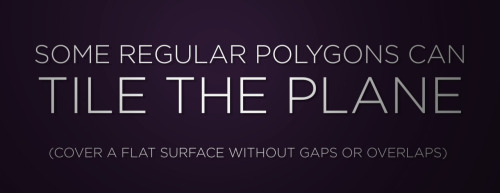

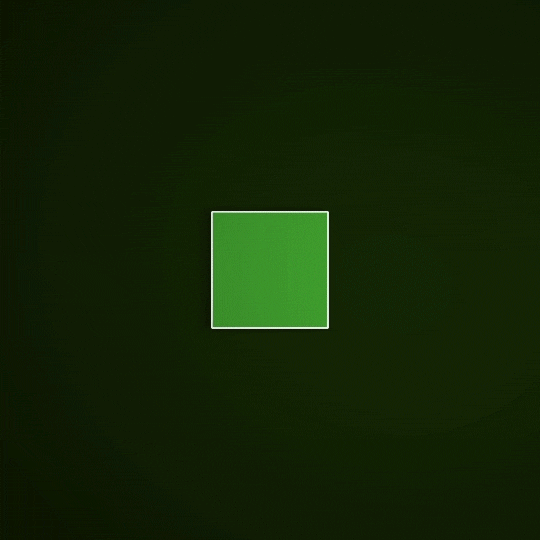
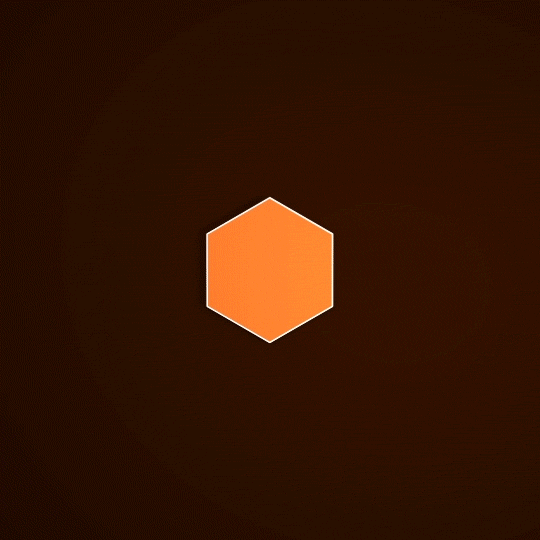


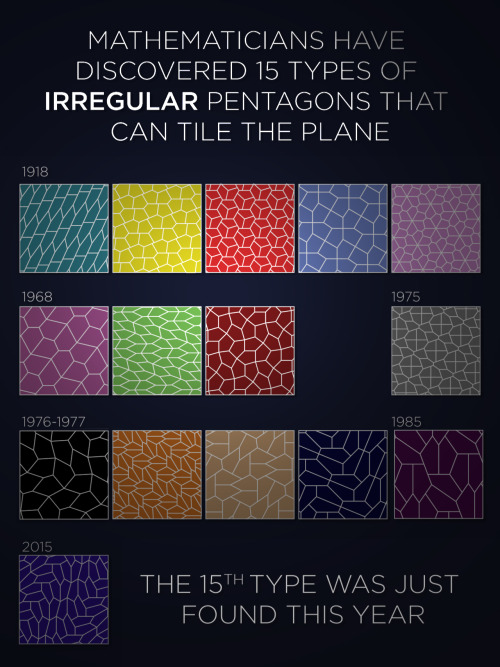
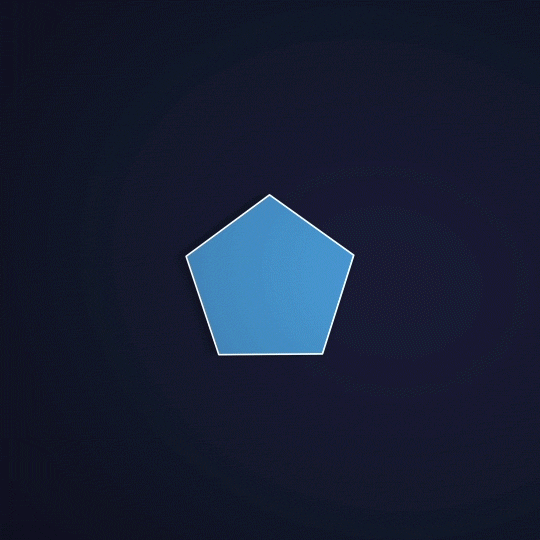
Big math news! It’s been thirty years since mathematicians last found a convex pentagon that could “tile the plane.” The latest discovery (by Jennifer McLoud-Mann, Casey Mann, and David Von Derau) was published earlier this month. Full story.

The Milky Way in a beautiful image by Lincoln Harrison

Hundreds of Galaxies, captured by Hubble js
-
 midsummer-egg liked this · 5 months ago
midsummer-egg liked this · 5 months ago -
 midniightghoul30 reblogged this · 2 years ago
midniightghoul30 reblogged this · 2 years ago -
 midniightghoul30 liked this · 2 years ago
midniightghoul30 liked this · 2 years ago -
 amoraando liked this · 2 years ago
amoraando liked this · 2 years ago -
 donade-mim reblogged this · 2 years ago
donade-mim reblogged this · 2 years ago -
 donade-mim liked this · 2 years ago
donade-mim liked this · 2 years ago -
 outro-sagitariano-no-mundo reblogged this · 2 years ago
outro-sagitariano-no-mundo reblogged this · 2 years ago -
 outro-sagitariano-no-mundo liked this · 2 years ago
outro-sagitariano-no-mundo liked this · 2 years ago -
 fanie49 liked this · 2 years ago
fanie49 liked this · 2 years ago -
 aniketos28 liked this · 2 years ago
aniketos28 liked this · 2 years ago -
 beardnerd liked this · 3 years ago
beardnerd liked this · 3 years ago -
 emperatorciccone liked this · 6 years ago
emperatorciccone liked this · 6 years ago -
 ytelovski liked this · 6 years ago
ytelovski liked this · 6 years ago -
 swinginnickelthingfriend liked this · 6 years ago
swinginnickelthingfriend liked this · 6 years ago -
 ajc18615425 liked this · 6 years ago
ajc18615425 liked this · 6 years ago -
 sharkspaceengine liked this · 6 years ago
sharkspaceengine liked this · 6 years ago -
 triplebb liked this · 6 years ago
triplebb liked this · 6 years ago -
 rowdyravenclaw reblogged this · 6 years ago
rowdyravenclaw reblogged this · 6 years ago -
 cannibaldotcom liked this · 6 years ago
cannibaldotcom liked this · 6 years ago -
 yellowsunshinesays liked this · 6 years ago
yellowsunshinesays liked this · 6 years ago -
 lichen-loves-astronomy reblogged this · 7 years ago
lichen-loves-astronomy reblogged this · 7 years ago -
 allpoint218 liked this · 7 years ago
allpoint218 liked this · 7 years ago -
 justalittlebit-daddy liked this · 7 years ago
justalittlebit-daddy liked this · 7 years ago -
 tomsdad63-blog liked this · 7 years ago
tomsdad63-blog liked this · 7 years ago -
 veryinappropriate reblogged this · 7 years ago
veryinappropriate reblogged this · 7 years ago -
 veryinappropriate liked this · 7 years ago
veryinappropriate liked this · 7 years ago -
 growliestperviesteverrrr reblogged this · 7 years ago
growliestperviesteverrrr reblogged this · 7 years ago -
 juniperfrancislee2 reblogged this · 8 years ago
juniperfrancislee2 reblogged this · 8 years ago -
 cloudgeorge reblogged this · 8 years ago
cloudgeorge reblogged this · 8 years ago -
 cloudgeorge liked this · 8 years ago
cloudgeorge liked this · 8 years ago -
 littlekitten-world reblogged this · 9 years ago
littlekitten-world reblogged this · 9 years ago -
 stupidloved liked this · 9 years ago
stupidloved liked this · 9 years ago
I love space. I've been to space camp in Huntsville Alabama and I am planning on going every summer. I look forward to be an astronaut for nasa on the sls that is planned to be launched 2018. And the manned mission 2030. So yeah I won't let anything get in my way.
138 posts